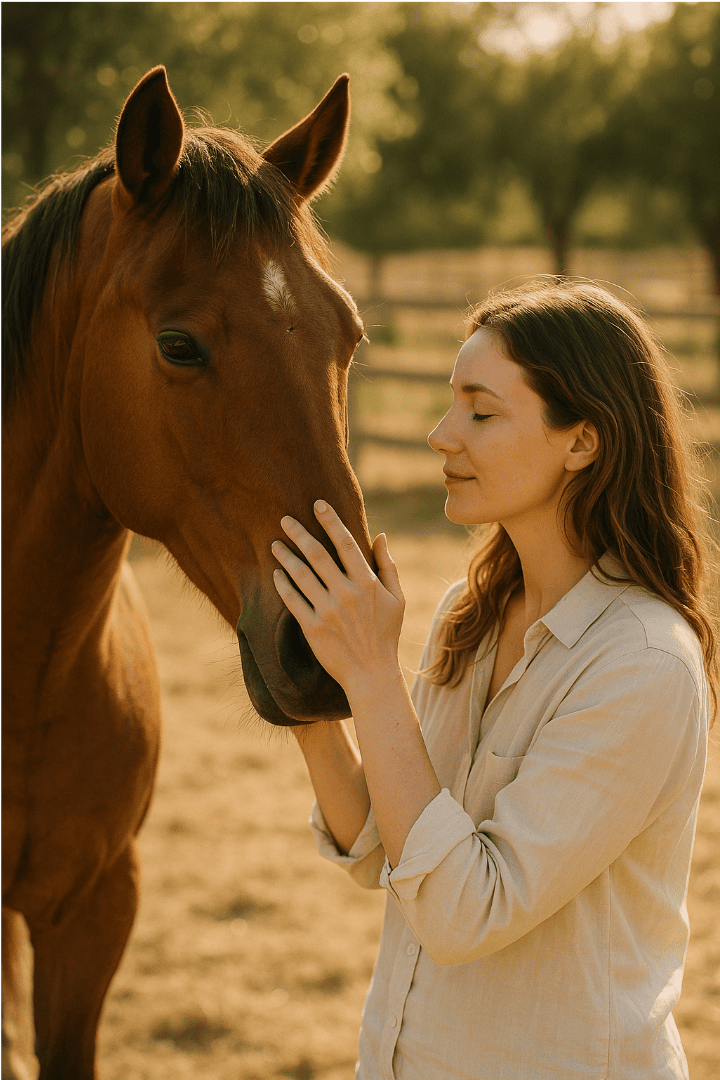Often described as “ballet on horseback,” dressage is the art of developing a horse’s natural athletic ability through precise, elegant movement. Whether you’re aiming for competition or simply building a better relationship with your horse, dressage is a beautiful and rewarding discipline to explore.
🎯 What is Dressage?
Dressage is a French term meaning “training.” The goal is to create a willing, supple, and responsive horse that moves in perfect harmony with the rider. It’s judged on rhythm, relaxation, contact, impulsion, straightness, and collection—commonly known as the Training Scale.
🧭 Key Basic Dressage Movements:
1. Free Walk
A relaxed, swinging walk on a loose rein that shows the horse’s natural movement and trust.
2. Working Trot
A rhythmic, active trot where the horse stays soft in the mouth and consistent in tempo.
3. Circles and Serpentines
Used to improve suppleness, bend, and balance.
4. Leg Yielding
The horse moves sideways and forward, developing responsiveness and straightness.
5. Transitions
Smooth changes between gaits and within gaits build obedience and self-carriage.
🕒 Sample Training Routine (Beginner-Level):
- 10 minutes walk (warm-up, large circles)
- 15 minutes trot (circles, serpentines, transitions)
- 5 minutes leg-yield practice
- 5 minutes canter (optional, if ready)
- 5 minutes cool down on a long rein
Consistency, patience, and lightness are the foundations of effective dressage work.
💡 Pro Tip:
Record your sessions. Watching yourself can help identify areas for improvement, such as crooked posture or late cues.
Dressage isn’t just about competition—it’s about creating a beautiful conversation with your horse
